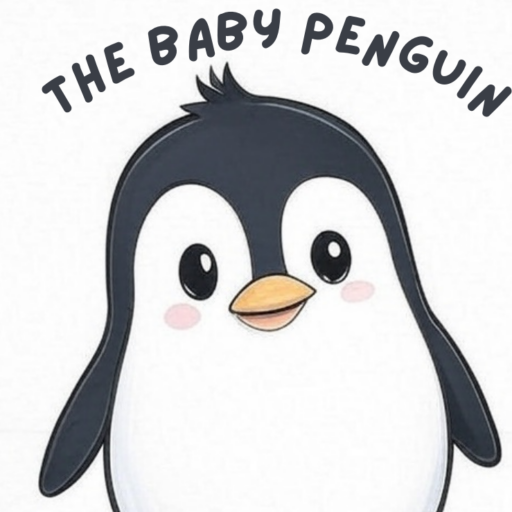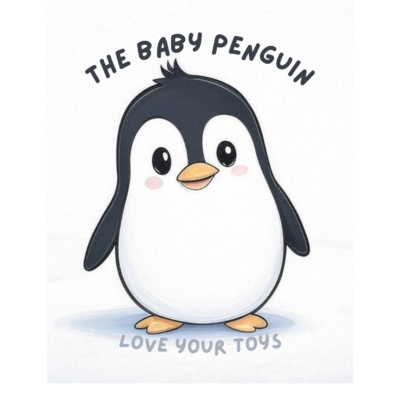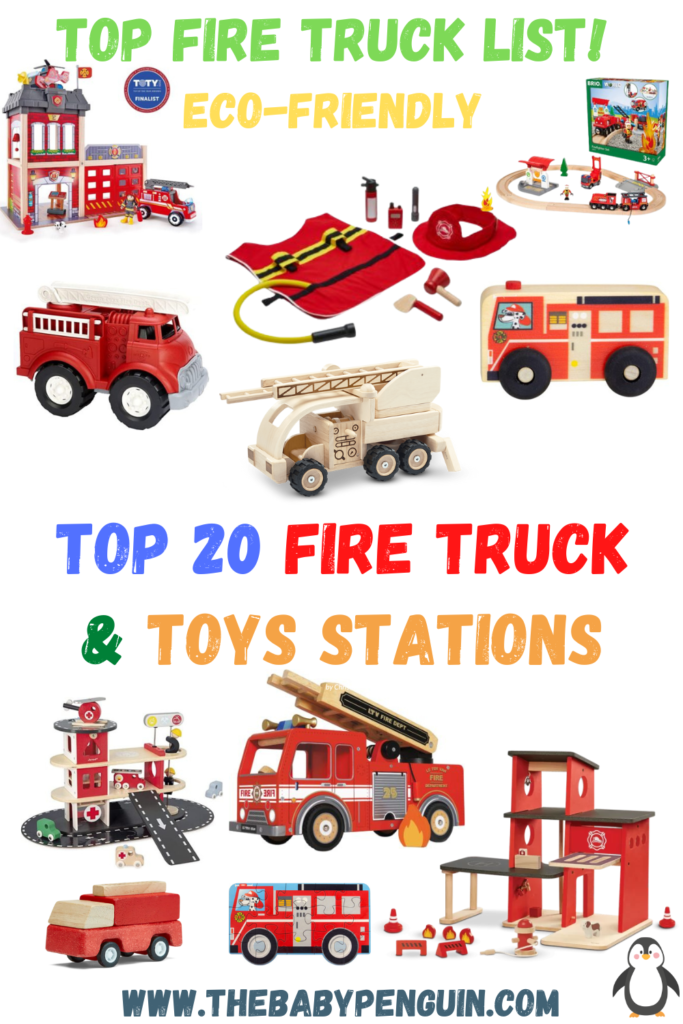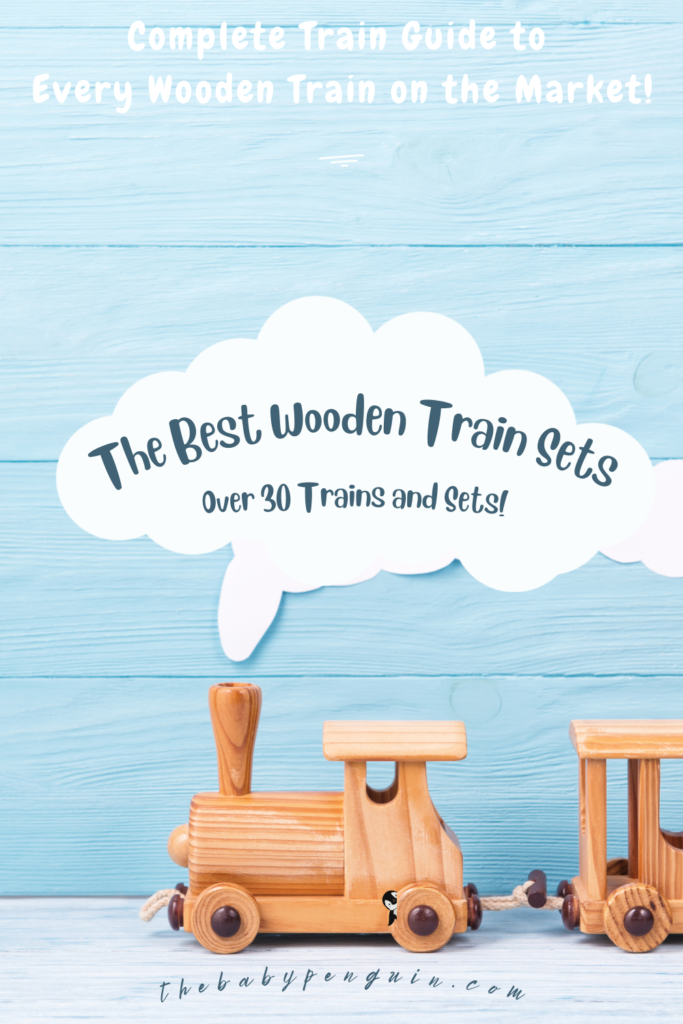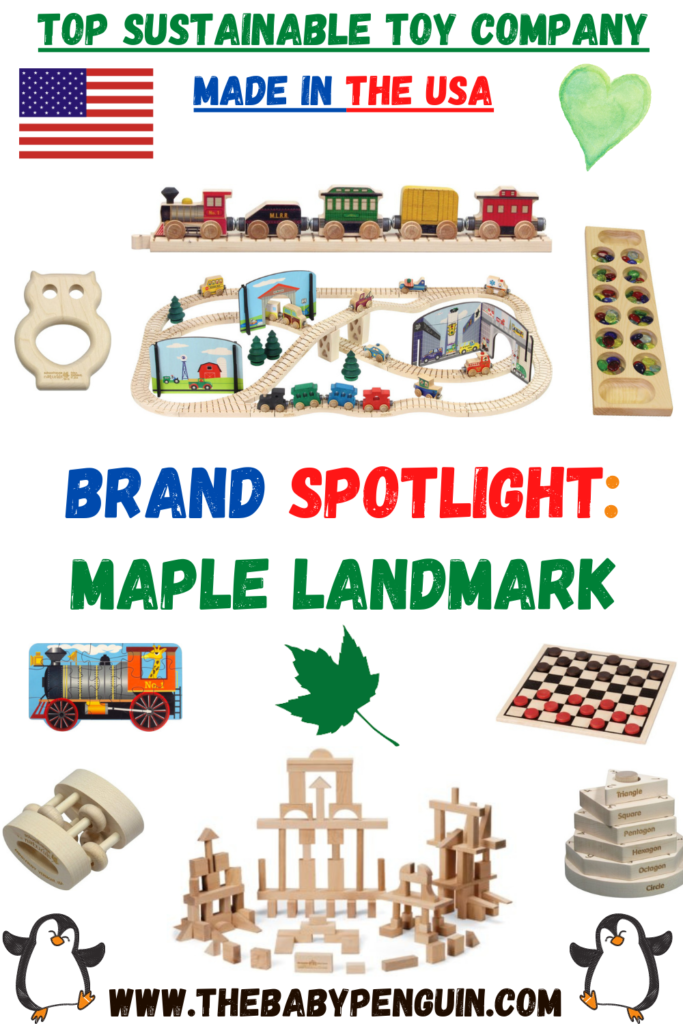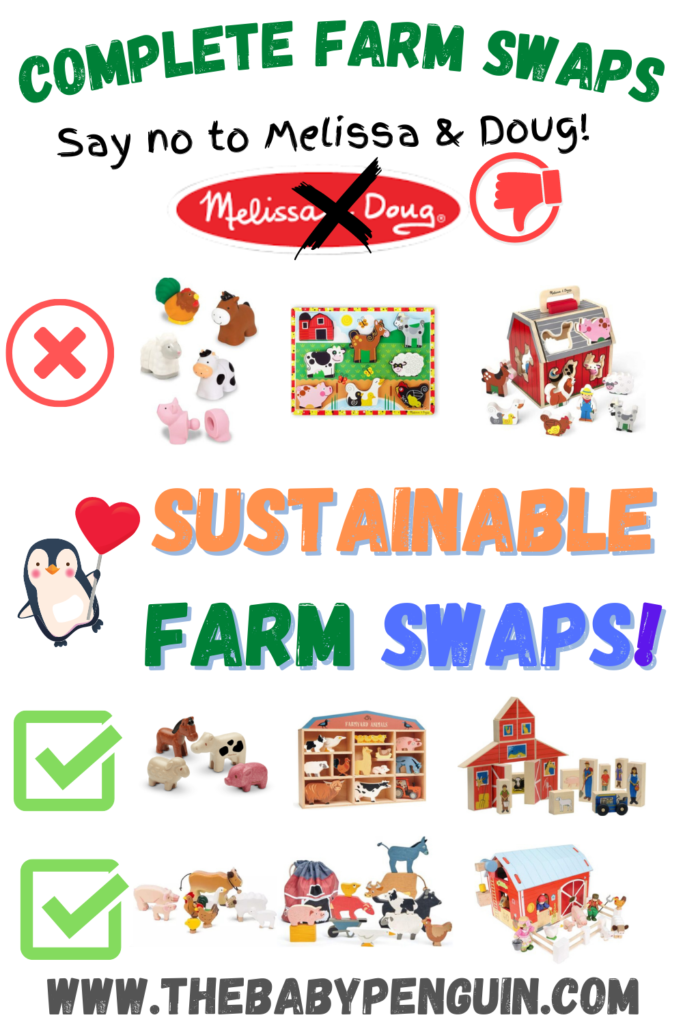In a world where environmental awareness is increasingly important, the choices we make as parents extend beyond food and clothing to the toys that fill our children’s rooms. Sustainable toys represent a thoughtful approach to play that benefits both our children’s development and the planet’s health.
Table of Contents
ToggleUnderstanding Sustainable Toys
Sustainable toys are items designed and manufactured with environmental responsibility in mind. These toys are typically made from eco-friendly materials such as responsibly harvested wood, organic cotton, recycled plastics, or biodegradable components. Beyond materials, sustainability encompasses ethical manufacturing practices, minimal packaging, and products designed to last rather than be quickly discarded.
The contrast with conventional toys is stark. Many mainstream toys are produced using petroleum-based plastics, contain potentially harmful chemicals, and arrive in excessive packaging that quickly ends up in landfills. Their production often involves significant carbon emissions and resource consumption that contribute to environmental degradation.
Benefits for Child Development
Choosing sustainable toys offers remarkable developmental advantages. Natural materials provide diverse sensory experiences that plastic simply cannot replicate. The weight of wooden blocks, the texture of wool, or the flexibility of natural rubber creates rich tactile learning opportunities.
Many sustainable toys also feature open-ended design, encouraging creativity and imagination rather than dictating specific play patterns. A simple wooden rainbow stacker can become bridges, tunnels, nesting houses, or artistic sculptures in a child’s hands. This versatility promotes problem-solving skills and extends the toy’s usefulness across developmental stages.
Additionally, sustainable toys often eliminate electronic components and screens, promoting active engagement rather than passive entertainment. This approach to play supports cognitive development and longer attention spans, qualities increasingly important in our digitally saturated world.
Environmental Impact
The environmental benefits of sustainable toys extend throughout their lifecycle. During production, they typically require fewer resources and create less pollution than conventional alternatives. Many eco-friendly manufacturers also implement responsible waste management and energy conservation practices.
When a sustainable toy reaches the end of its usefulness, it presents fewer disposal concerns. Wooden toys may biodegrade naturally, while high-quality items can often be repaired or passed down to other children. In contrast, plastic toys frequently end up in landfills where they can take hundreds of years to decompose, or worse, fragment into microplastics that contaminate ecosystems.
Making the Transition
Transitioning to sustainable toys doesn’t require an immediate overhaul of your child’s playroom. Begin by being intentional with new purchases, selecting quality items that will engage your child across multiple developmental stages. Look for certifications like FSC (Forest Stewardship Council) for wooden toys or GOTS (Global Organic Textile Standard) for fabric items.
Consider implementing a toy rotation system, which keeps play fresh while requiring fewer toys overall. Explore secondhand options, toy libraries, or swaps with other families to extend the lifecycle of existing toys while reducing consumption.
Navigating Challenges
While sustainable toys offer numerous benefits, challenges exist. They often carry higher upfront costs than mass-produced alternatives, though their durability typically provides better value over time. Finding sustainable options for specific interests may require more research than walking into a conventional toy store.
Marketing can create another hurdle, as children request items they’ve seen advertised. Creating opportunities to interact with beautiful, engaging sustainable toys can help shift these desires, as can conversations about why your family values sustainable choices.
Teaching Values Through Choices
Perhaps most importantly, choosing sustainable toys provides an opportunity to model values for your children. When you explain why you’re selecting certain toys over others, you’re teaching environmental responsibility, thoughtful consumption, and the importance of considering how our choices affect others.
These early lessons lay the groundwork for raising environmentally conscious citizens who understand that their decisions matter—a gift that extends far beyond childhood into the kind of future we hope to create together.
By choosing sustainable toys, you’re not just providing playthings; you’re making a statement about the world you want your child to inherit and the mindset you hope they’ll develop as they grow into the caretakers of tomorrow’s planet.


